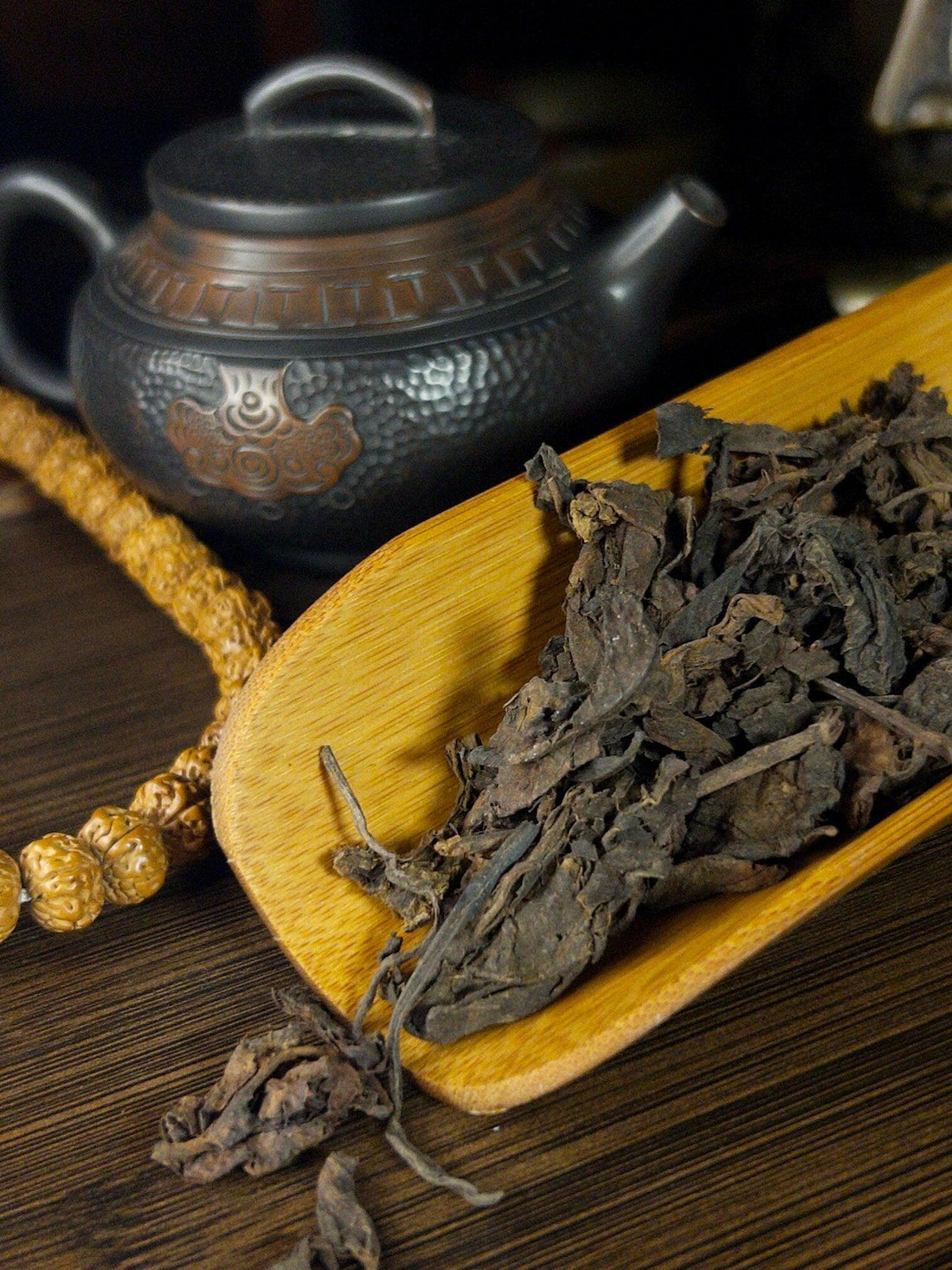Как заваривать чай пуэр: секреты раскрытия его глубокого вкуса
Пуэр — это больше, чем просто чай. Это медитативный процесс, эксперимент со вкусом и, в конечном счёте, способ настроиться на нужный лад. Правильное заваривание позволяет раскрыть его сложную структуру вкуса — будь то насыщенный, землистый шу пуэр или свежий, терпкий шэн пуэр . Это руководство — не просто стандартные инструкции, а реальный опыт и проверенные подходы, выходящие за рамки теории.
Выбираем правильный пуэр: что мы завариваем?
Вы уже знаете, что пуэр бывает двух видов: шэн (сырой, зелёный) и шу (зрелый, выдержанный) . Разница не только в цвете, но и в самой философии этого чая.
• Шэн Пуэр — яркий, динамичный чай, требующий деликатного подхода. В молодости он может быть ярким и терпким, но со временем становится мягче.
• Шу Пуэр — глубокий, обволакивающий, с нотами дерева, сухофруктов и земли. Его сложнее испортить при заваривании, но нюансы всё равно есть.
Один важный момент: молодые шэны могут быть резкими, а шу иногда нужно «отдохнуть» после транспортировки, чтобы выветрить сильные запахи брожения.
Выбор правильной чайной посуды: в чем разница?
Ваш выбор чайной посуды влияет на конечный вкус чая.
• Гайвань (фарфоровая или стеклянная) — универсальный вариант, подходящий как для шэн, так и для шу. Она позволяет контролировать процесс и наблюдать за тем, как раскрываются листья.
• Исинский чайник (глиняный) — лучший выбор для шу пуэра. Пористая глина впитывает аромат, смягчает вкус и усиливает его глубину.
• Стеклянный чайник — выглядит красиво, но менее функционален. Он теряет тепло быстрее, чем гайвань или глиняный чайник.
Если ваш Пуэр имеет резкий или пыльный запах, лучше дать ему подышать несколько дней перед завариванием.
Заваривание пуэра: шаг за шагом
1. Пробуждение чая (ополаскивание)
Речь идет не только о чистке от пыли — это первый шаг к раскрытию вкуса.
• Используйте 5-7 граммов Пуэра (или 3-4 грамма, если вы экспериментируете).
• Температура воды: 90–95°С для Шу, 85–90°С для Шэн.
• Залейте листья горячей водой и выбросьте через 5–10 секунд.
Этот напиток не предназначен для питья , но вы можете понюхать крышку гайвани или чайника — аромат уже начнет проявляться.
2. Процесс заваривания
Каждый завар меняет вкус чая. Первая чашка — это только начало; настоящий вкус раскрывается к третьему или четвёртому завариванию .
1. Первая заварка — 10–15 секунд, самый легкий вкус.
2. Вторая и третья заварки – 15–20 секунд, раскрываются основные вкусы.
3. Четвертый и пятый проливы – насыщенный, плотный вкус.
4. После этого увеличьте время заваривания на 5–10 секунд, пока вкус не исчезнет.
Шу Пуэр выдерживает более длительное заваривание , тогда как Шэн Пуэр предпочитает короткие настаивания , чтобы избежать горечи.
Как узнать, правильно ли вы его заварили?
Если вкус резкий или горький , вода была слишком горячей или чай заваривался слишком долго.
Если вкус слишком слабый , значит, вы использовали слишком мало чая или заваривали его слишком недолго.
Правильно заваренный Шу Пуэр должен быть мягким, бархатистым , с нотками теплого дерева, орехов, а иногда и шоколада.
Правильно приготовленный Шэн Пуэр должен иметь яркий, травянистый или фруктовый вкус , без излишней терпкости.
Дополнительные советы по завариванию пуэра
• Качество воды имеет решающее значение. Если водопроводная вода слишком жёсткая, используйте фильтрованную или мягкую воду.
• Никогда не оставляйте заваренный чай в чайнике. Пуэр не прощает чрезмерного настаивания.
• Температура имеет значение. Шу Пуэр можно заваривать почти кипящей водой, а вот Шэну нужна более низкая температура.
Заключительные мысли
Пуэр — это путешествие, а не просто напиток. Важно не просто следовать правилам, но и экспериментировать. Даже если что-то идёт не так, это не неудача — это опыт. И чем больше вы пробуете, тем глубже становится ваше понимание настоящего чая.
